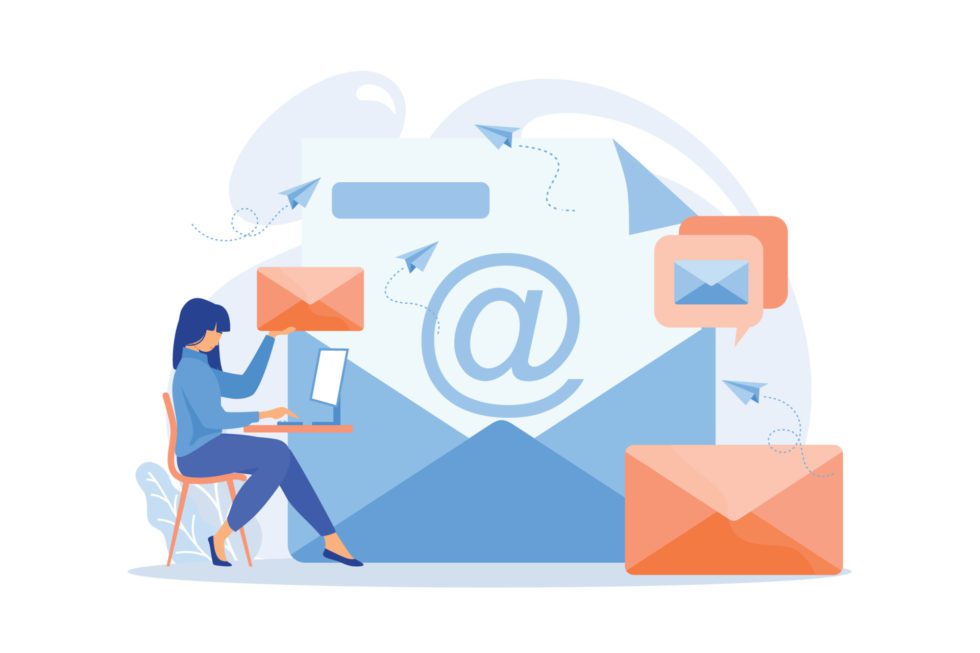Who doesn’t love the smell of fresh new IP addresses? Well, anyone charged with warming IP addresses for...
Whenever there is a big moment in the email space, everyone likes to have an opinion. The sale of MailChimp is one of those moments.
MailChimp is a success story by every measure of the imagination. Three dudes thought, “let’s democratize email marketing with a freemium model” and in 2001 MailChimp was born. Since then, they’ve been the perennial choice for anyone wanting to try their hand at email marketing. They made it easy to be an email marketer and inarguably moved our industry forward more than any other single player. Frankly, many of us have a job today in part due to the role MailChimp has played.
How did they do it?
I’d argue it was a careful balance of relentless focus on marketer needs paired with a notion of infrastructure and scale that no other provider had ever contemplated. While they certainly simplified concepts for marketers like drag-and-drop templates, a/b testing, and marketing automation, new email marketers also make mistakes. Lots of them. And in retrospect, Mailchimp’s most important innovations are likely those that exist under the hood. The scale of technical operations needed to support those millions of marketer mistakes – like IP reputation, deliverability, and Inbox Placement – is mission-critical infrastructure and perhaps the biggest key to their success.
An uncomfortable truth – Mailchimp also fired lots of customers
MailChimp spent precious budget on tools to fire customers. Let that sink in. Fact is, Mailchimp and other ESPs don’t function in a vacuum. The partnerships forged with inbox providers, spam mitigation, et all in the delivery stack are critically important in delivering customer value. So while ease-of-use and prolific feature development lured marketers in, the counterbalance of what they could send got progressively tighter. For a company at Mailchimp’s scale, risk mitigation is as important as customer acquisition, and it showed with their commitment to Omnivore, the most robust delivery technology in the industry.
What we’ve all learned from Omnivore
Engagement matters. The healthy space that exists for email marketers requires careful monitoring of recipient experience at the individual and macro levels. As the years have passed, engagement has become the currency for email, and the line of demarcation for being rewarded with inbox placement is nuanced, impermanent, and constantly re-earned. The technical heuristics that define a healthy program are complex. Mailchimp knew this early on and built Omnivore to manage and monitor risky sender behavior such as: Sending to email addresses that have
- previously bounced
- been identified as potential spam traps
- don’t appear to have opted in
- monitor changes in list behaviors
- don’t’ engage anywhere
But for every risk, there is also opportunity. At AudiencePoint, we have built similar toolsets based around these notions of engagement. The biggest difference is that we are helping email marketers do a better job at finding their best subscribers and fine-tune their sending vs firing them. Meaning, we use our pool of email engagement data to determine what subscribers you should email more and which ones you should sack. Same concepts, different endgames. For most sales calls that I sit in on, marketers have the lights come on and ask, “So ListFit is similar to the Omnivore toolset from Mailchimp?” The easy answer is, “pretty much.”
Does it work?
Yep, new customers flock to MailChimp because they can get huge value from this service for free. MailChimp’s Omnivore tool allows them to identify and purge the baddies – a benefit for both the marketer and the platform. As these new email marketers graduate from their free accounts, they’re happy to pay MailChimp for all of the extra features that come with a paid account.
In 2020 alone they:
- 14 million application users
- Gave away 31K net new email sending domains
- Sent 330 billion emails
There is no published statistic on the number of customers that MailChimp fired, and emails that they opted to not send, but rest assured it’s big.
Marketers around the world owe their start to MailChimp
Alex Callcott, Sales Operations & CRM Manager at Fresha (a service that allows you to instantly book salons and spas) cut their teeth with MailChimp says, “I owe my start in email marketing to Mailchimp. It’s where I learned all about HTML coding for emails, but also where I first started out with A/B testing, resending emails to unengaged contacts, email best practices, and benchmarking industry data. Not only do I still follow Mailchimp’s blog for all things email marketing, but it’s also my number one recommended ESP for both new email marketers and people starting a business. It’s not often that software elicits that level of brand loyalty from me.”
The next chapter
Regardless of what may happen in the future, the impetus to stop and reflect on a generational company in our industry has merit. The number of businesses they helped grow, the marketers they helped hone, and the revenue they helped drive commands due respect and celebration. So, MailChimp, congratulations on the acquisition. We at AudiencePoint wish you calm seas and smooth sailing in your journey as you continue to forge the next part of your journey.



